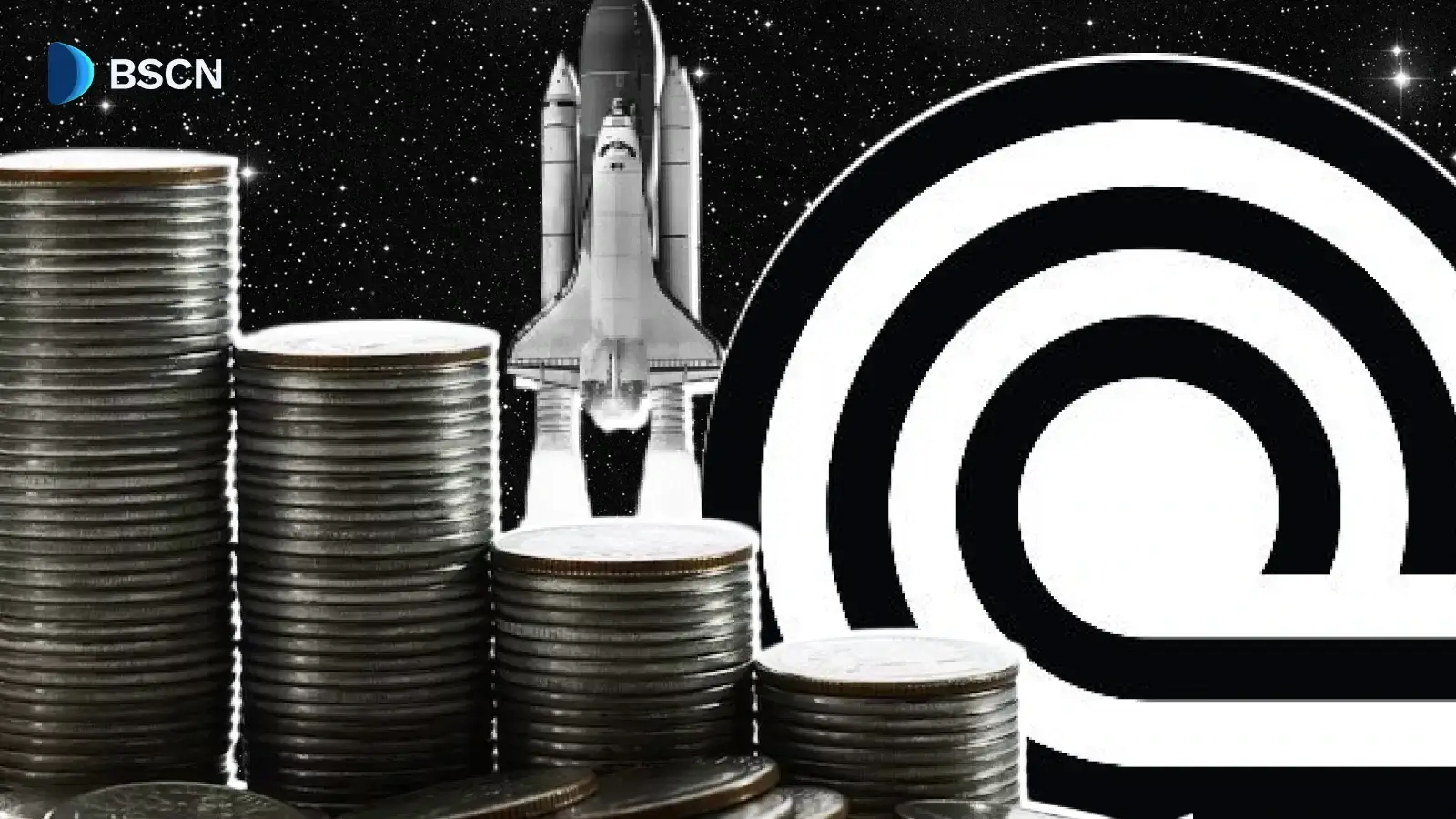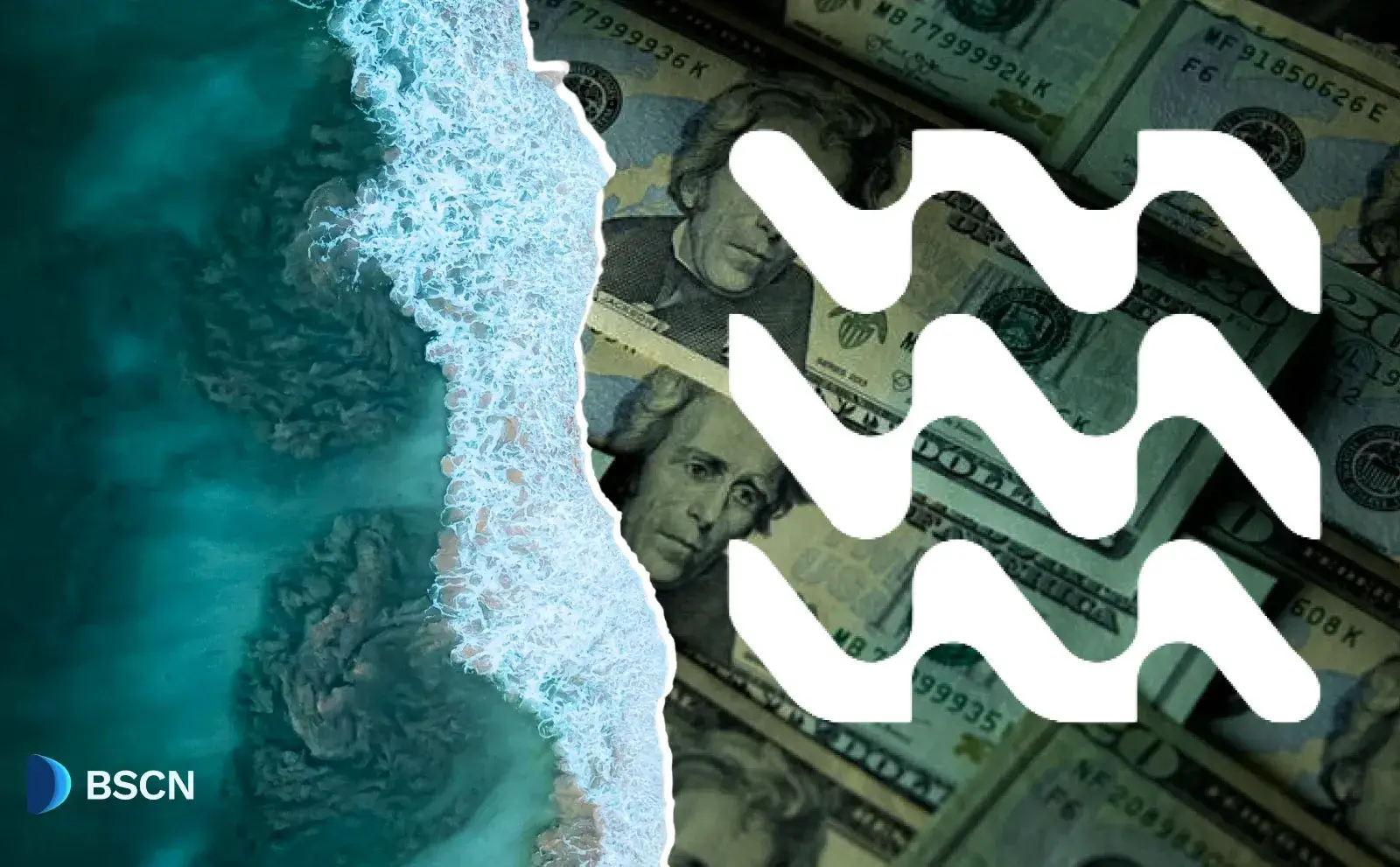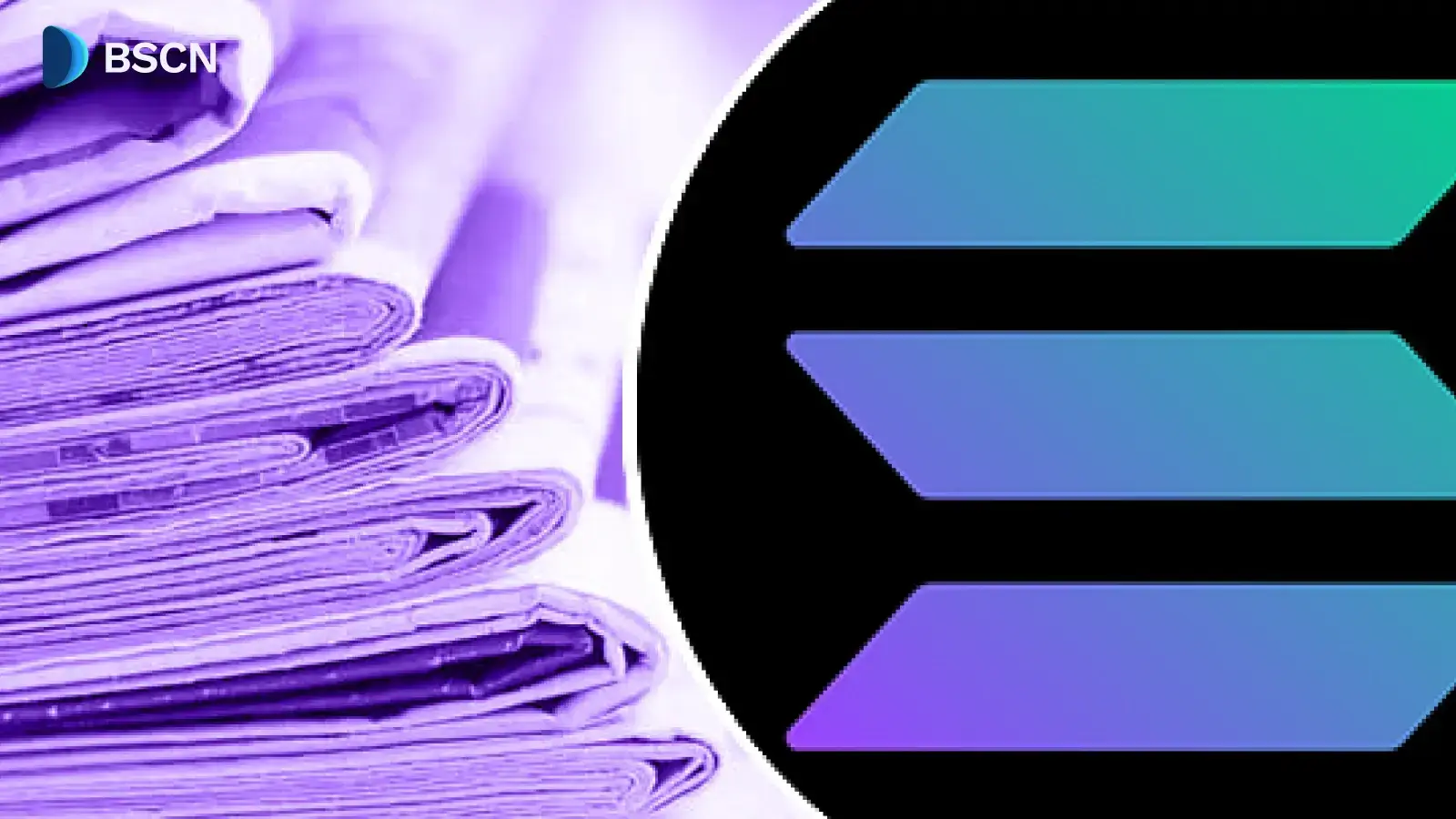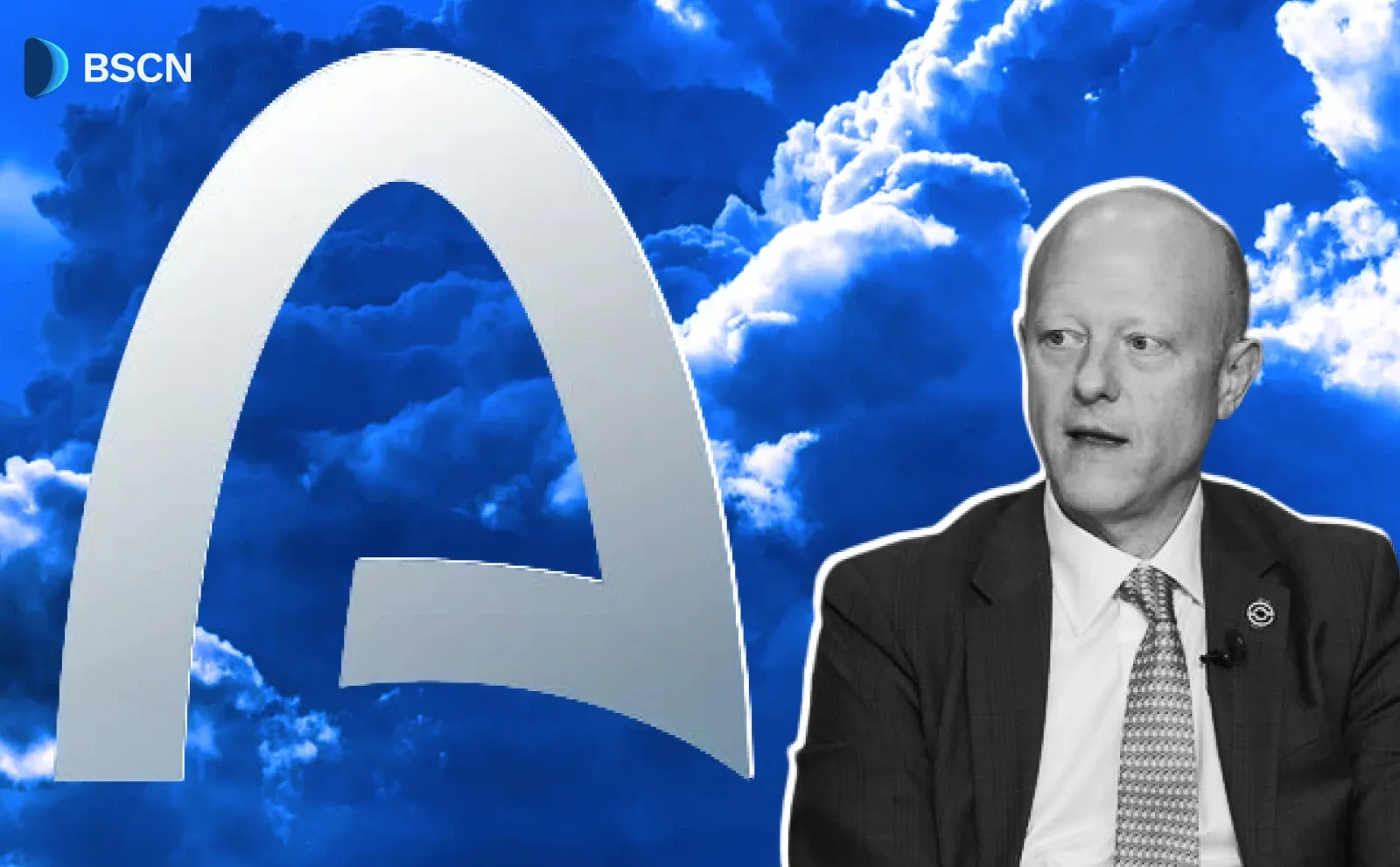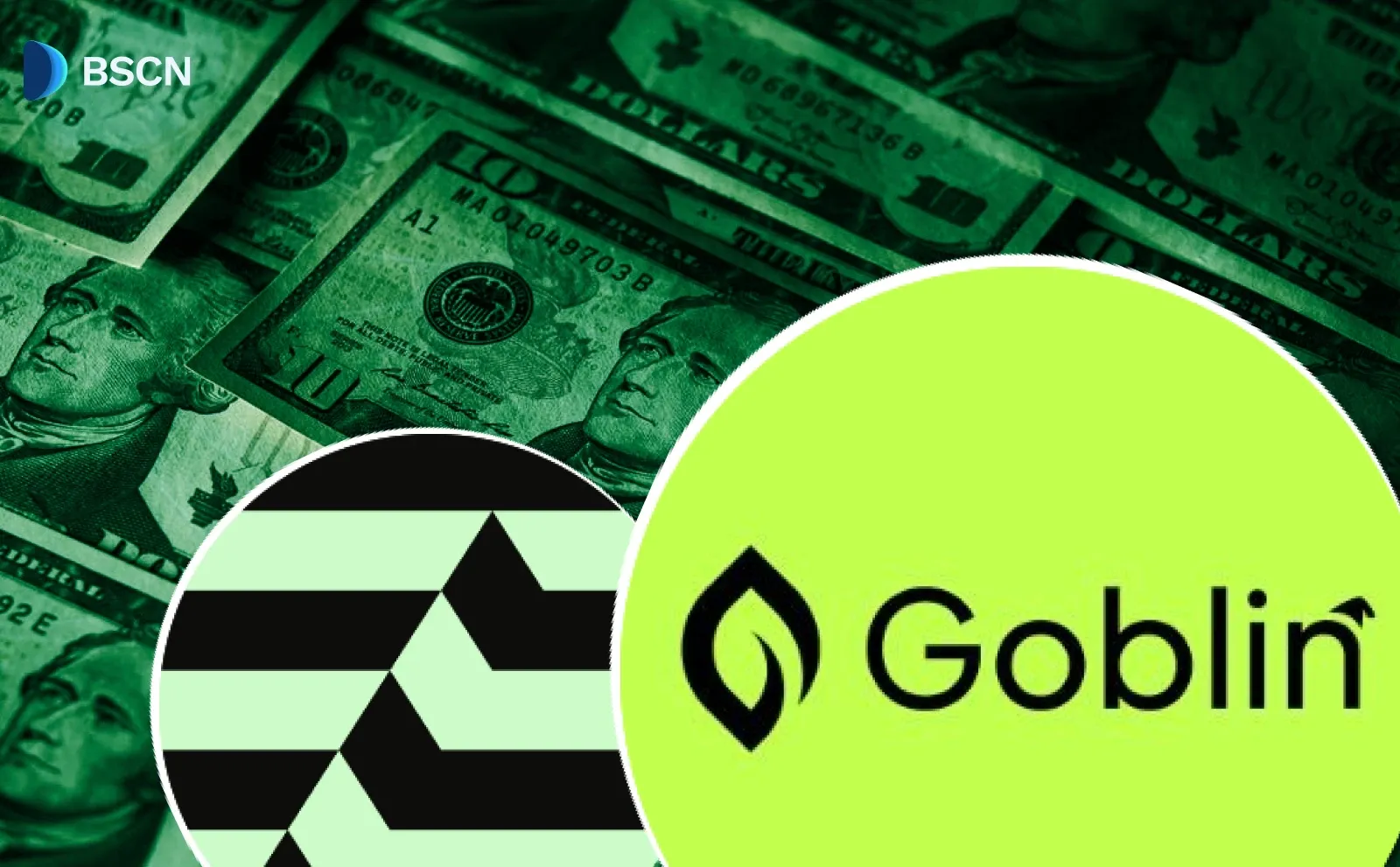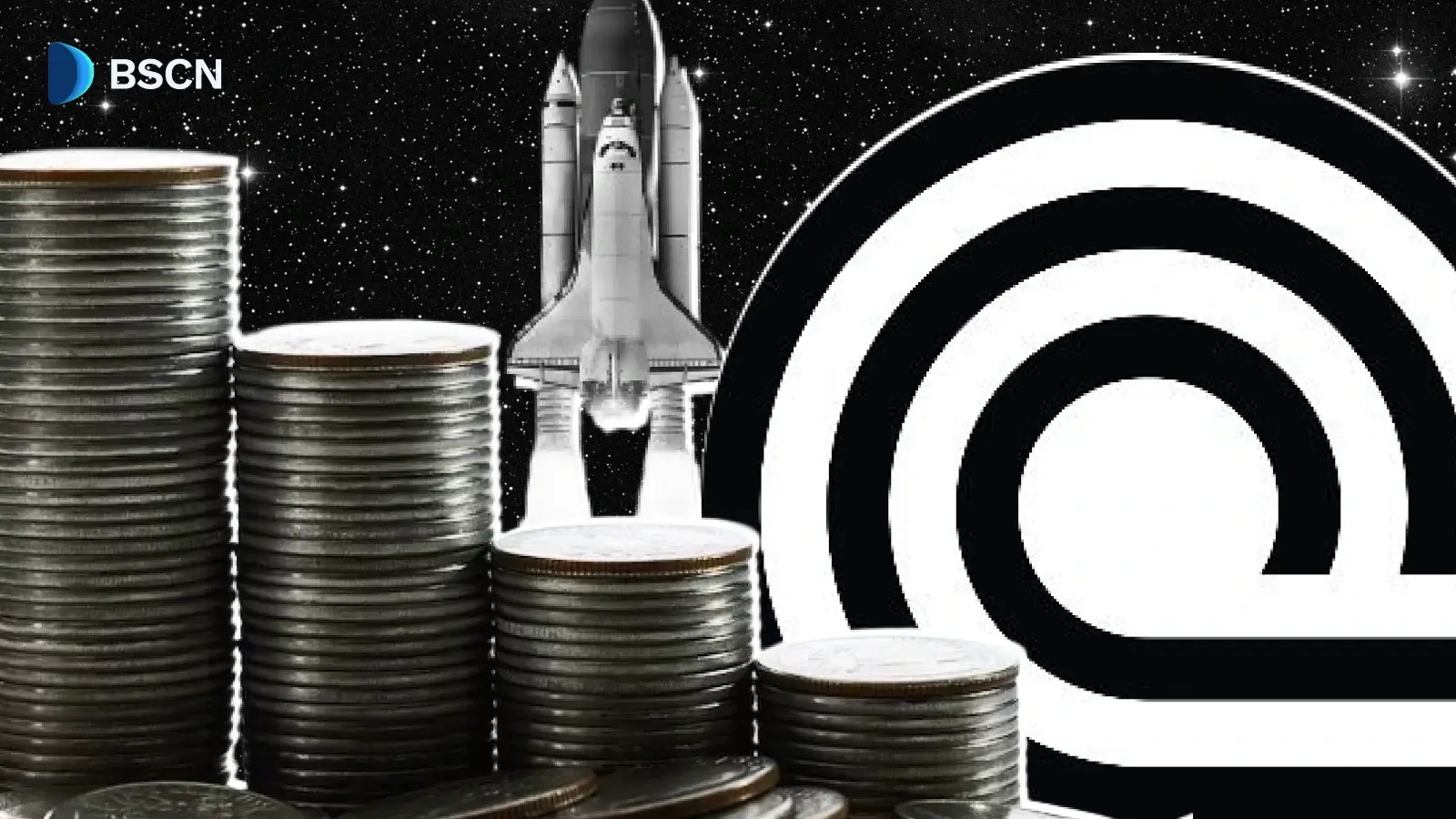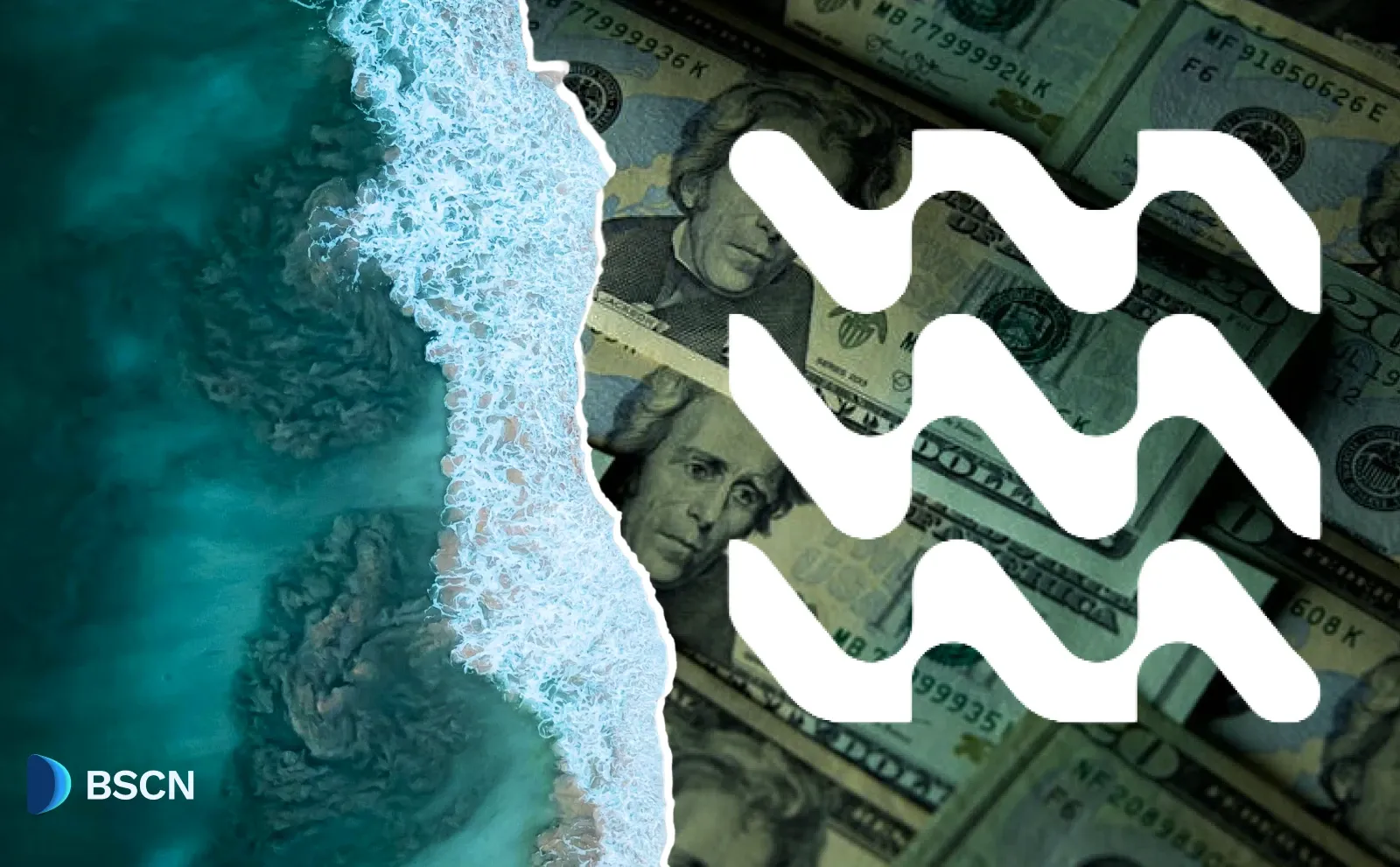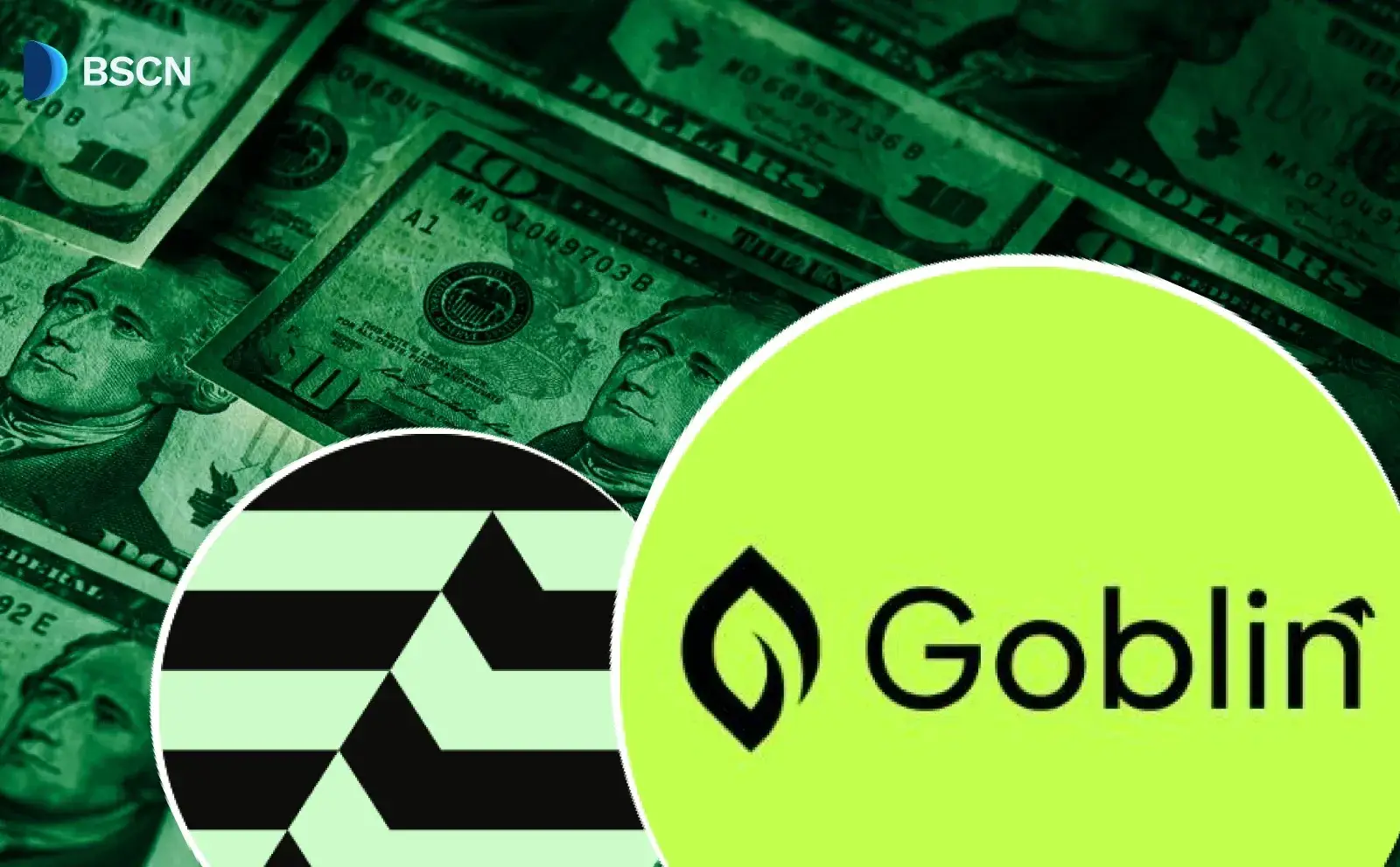Deepdive
(Advertisement)
Constellation Network Deep Dive: From Hypergraph to Metanomics

Explore Constellation Network's Hypergraph technology, DAG architecture, and Metanomics tokenomics in this comprehensive analysis of how this Web3 infrastructure addresses blockchain limitations.
Crypto Rich
April 4, 2025
(Advertisement)
Table of Contents
Imagine a world where supply chains are fully transparent, ethical, and efficient—where businesses can track product origins in real-time, and consumers can support sustainable practices with every purchase. Constellation Network, through its Directed Acyclic Graph (DAG) architecture called the Hypergraph, is making this vision a reality.
Since its founding in 2017, Constellation has evolved to address key limitations in blockchain technology, particularly around speed, scalability, and economic incentives. This data-focused approach positions the network to bridge traditional business operations with the decentralized capabilities of Web3.
This article examines Constellation's technical architecture, its unique features, the evolution of its tokenomics model, and what the future holds for this innovative Web3 infrastructure.
The Origins and Evolution of Constellation Network
Constellation Network began development in 2017 with a mission to overcome the limitations of traditional blockchain technology. After two and a half years of development, the project reached a significant milestone with the launch of its Hypergraph Main Net on May 7, 2020.
The network's early structure included a tokenomics model where founders held 20% and the Foundation controlled 26.6% of tokens, resulting in 46.6% of centrally held tokens. Following community feedback, Constellation revised this model in 2018 to reduce centralized holdings and double validator rewards, reinforcing its commitment to decentralization.
In March 2021, the team announced Tokenomics v2.0 via their official X account, introducing a more scalable economic framework. This evolution continued with the announcement of Metanomics in August 2024, a major overhaul of the network's economic structure planned for implementation in Q1 2025.
Key Milestones in Constellation's History
- 2017: Initial development begins
- 2018: Tokenomics revised to reduce centralized token holdings
- May 7, 2020: Hypergraph Main Net launches
- March 11, 2021: Tokenomics v2.0 announced
- August 2024: Metanomics model introduced
- Q1 2025: Metanomics scheduled for implementation
Core Technical Features of the Hypergraph Architecture
How the Hypergraph Differs from Traditional Blockchains
Unlike conventional blockchain networks that process transactions in sequential blocks, Constellation utilizes a Directed Acyclic Graph (DAG) structure called the Hypergraph. This architectural difference allows for higher transaction speeds and improved throughput.
The Hypergraph consists of two distinct layers:
- Layer 0 (L0): Responsible for state snapshots and final validation
- Layer 1 (L1): Handles new data in a graph format
This two-layer approach enables the network to process transactions more efficiently than traditional blockchain structures.

Metagraphs: Application-Specific Networks
One of Constellation's distinguishing features is the concept of metagraphs which are application-specific networks built on top of the Hypergraph. These metagraphs enable developers to implement custom consensus mechanisms and business logic tailored to specific use cases.
Metagraphs operate with significant autonomy while still submitting snapshots to the global L0 network for final validation. This architecture provides flexibility for developers while maintaining security through the main network.
Scalability and Integration Capabilities
The Hypergraph supports peer-to-peer transactions with minimal or no fees, introducing fees primarily to prevent spam or DDoS attacks. This approach contrasts with many blockchain networks where transaction fees are a constant requirement.
A notable advantage of Constellation's design is its ability to integrate with traditional workflows and legacy systems. The integration capability simplifies adoption for organizations looking to leverage blockchain technology without completely overhauling existing infrastructure.
Reputation-Based Consensus Mechanism
The network employs a unique reputation-based consensus algorithm that differs from both Proof of Work and Proof of Stake models common in blockchain networks. This consensus mechanism enhances security while enabling more flexible application development.
Developer Tools and Ecosystem Support
Constellation provides several tools to support its ecosystem:
- Euclid SDK: Facilitates rapid metagraph development
- Stargazer Wallet: Provides integration for token storage and transactions
- Node validator support: Offers resources for network validators
These tools help to create a comprehensive environment for developers and users to engage with the network efficiently.
Tokenomics Evolution: From Fixed Supply to Dynamic Model
The $DAG Token and Its Utility
The $DAG token is the native cryptocurrency of the Constellation Network. As a utility token, it binds the various network components together, facilitating interactions between metagraphs and nodes.
Original Tokenomics Model
The original economic model for Constellation distributed rewards over epochs, with each epoch lasting approximately 2.5 years. The rewards halved with each epoch until reaching a capped supply of 3.69 billion DAG tokens.
While this model effectively incentivized early adoption, it lacked the flexibility needed for sustainable long-term growth. The fixed supply approach created potential challenges for maintaining validator incentives over time.
Metanomics: A New Economic Framework
In August 2024, Constellation introduced Metanomics, a significant revision to its economic model. This new approach shifts from a fixed supply to a flexible supply model with dynamic inflation that responds to market conditions.
As explained in Constellation's official documentation, Metanomics was designed to address limitations of the capped supply model, recognizing that while a capped supply can enhance scarcity for store-of-value tokens, the $DAG token is fundamentally a utility token designed to foster network growth and functionality.
Key features of the Metanomics model include:
- Overall network inflation starts at 6% annually, gradually decreasing to a target rate of 0.5% over time
- Dynamic adjustment of emissions based on network demand and market conditions
- Mechanisms to minimize value depreciation while maintaining economic stability
- Sustainable validator incentives to ensure long-term network security
- Integration of token price into the emission formula, requiring less inflation when token price is higher
Implementation of Metanomics was scheduled for the end of Q1 2025, marking a fundamental shift in how the network manages its token economy. This timeline was officially announced in Constellation's Metanomics whitepaper.
Implementation Status Note: As of April 3, 2025, the official implementation status of Metanomics has not been confirmed in the latest available updates from Constellation's channels. Readers are encouraged to check Constellation's official channels or website for the most recent announcements regarding the rollout.
The Role of Delegators
Delegators play a pivotal role in Metanomics by actively supporting the network's validators, ensuring its security and decentralization while earning rewards for their participation. This system creates broader community involvement in the network's operations and governance.
Metanomics introduces the concept of delegators—key participants who hold $DAG tokens and delegate them to one or more validators on the network. These delegators earn incentives from two primary sources:
- A fixed 3% APR on all delegated $DAG
- 45% of all inflationary emissions allocated to the network
Validators can set a fee ranging from 5% to 10% on the incentives distributed to delegators. This structure creates a dynamic balance where network participants are incentivized to delegate their tokens rather than keeping them idle, as undelegated tokens would be diluted over time by inflation.
When delegators withdraw their $DAG from delegation, there is a 30-day unwinding period during which tokens remain locked and no rewards are earned, helping maintain network stability. However, delegators can re-delegate their tokens to another validator without this unwinding period, allowing flexibility in validator selection.
Network Emission Distribution
Under the Metanomics model, the distribution of inflation emissions among network stakeholders follows a carefully structured framework to ensure balanced incentives:
Variable Emissions:
- Protocol: Eventually receives 30% (starts at 0% and ramps up by 6% each quarter until reaching the full 30%)
- Stardust Collective (Foundation): receives 5% (plus the protocol's unused allocation during ramp-up)
- Validators: receive 20%
- Delegators: receive 45%
Fixed Emissions:
- Delegators receive a fixed 3% APR on all delegated $DAG
During the protocol's ramp-up period, while the protocol allocation is growing from 0% to 30%, the foundation temporarily receives the protocol's unused portion. As noted in Constellation's documentation: "Protocol starts with 0% and ramps up by 6% each quarter, reaching up to 30%. During the ramp-up period, the foundation receives the remaining funds."
The allocation structure provides robust incentives for all stakeholders to actively participate in the network while creating a sustainable, predictable, and transparent framework for the distribution of value.
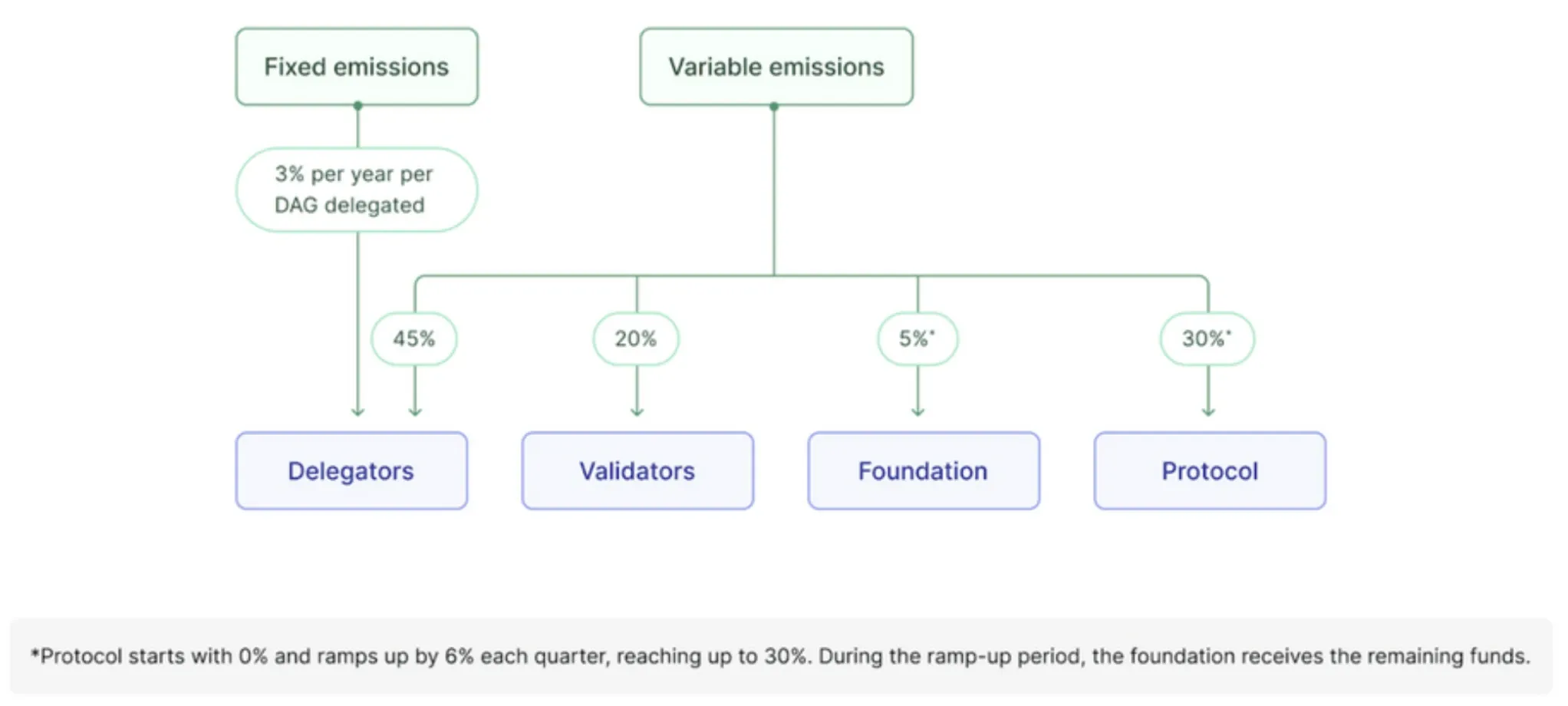
Fee Structure and Deflationary Mechanisms
To balance the inflationary aspects of Metanomics, Constellation introduces snapshot fees—a mechanism that removes tokens from circulation based on network activity, helping to maintain economic stability.
Snapshot fees play a critical role in Constellation's economic model, particularly under Metanomics. These fees are paid by metagraphs based on their activity levels and are designed to counterbalance the inflationary aspects of the tokenomics model.
When metagraphs generate activity on the network, they incur snapshot fees that are irrevocably removed from circulation. This removal serves as a buffer against potential oversupply, creating stability for $DAG and contributing to the network's economic health.
The interplay between inflationary rewards and deflationary fees creates a self-regulating mechanism that maintains economic balance. If the network requires additional support, a governance vote could authorize reallocating a portion of the snapshot fees to validator incentives, providing flexibility in adapting to network needs while preserving core economic principles.
Future Outlook: Metanomics and Beyond
The Transition to Metanomics
The network's transition to Metanomics was planned for the end of Q1 2025, bringing significant changes to Constellation's economic structure. Preparations began in 2024, including strategic enhancements to the Constellation Network treasury and adjustments to data pool distributions.
As part of this preparation, in August 2024, Constellation planned to unlock and repurpose 450 million $DAG tokens that were originally locked by the founders. These tokens are strategically allocated as follows:
- 50M $DAG for scaling operations
- 50M $DAG for community incentives (grants and general incentives)
- 50M $DAG for marketing and network adoption
- 50M $DAG for employee incentives (with 18-month vesting)
- 250M $DAG for public goods (Tessellation, Stargazer, DAG Explorer, etc.)
To ensure transparency, Constellation committed to providing bi-annual updates on fund allocation and limiting token sales to 5% of average daily trade volume to protect against market volatility.
During the transition period, Constellation also adjusted the Data Pool distribution to better align with the network's future state, with increased allocations for validators and reduced allocations for bounties, creating a more sustainable economic model.
Growth of the Metagraph Ecosystem
Constellation is actively onboarding more metagraphs to its network. Projects like Dor's data collection metagraph are already operational, demonstrating the practical applications of the technology.
In 2024, the network held a hackathon focused on metagraph development, signaling its commitment to expanding the ecosystem through community-driven innovation.
Long-Term Vision and Strategy
Constellation positions itself as a data-driven infrastructure for Web3, with a particular focus on bridging Web2 and Web3 economies. The network aims to support real-world applications beyond crypto-native use cases, driving broader adoption of decentralized technology.
Economic Sustainability
The flexible supply model introduced by Metanomics is designed to ensure long-term incentives for validators and ongoing protocol development. This approach reduces reliance on private subsidies, creating a more self-sustaining economic system.
Constellation Network's Position in the Decentralized Landscape
Constellation Network stands out in the decentralized landscape with its DAG-based Hypergraph architecture, offering a scalable and flexible alternative to traditional blockchains. The network's focus on scalability, data handling, and economic sustainability positions it as a potential alternative to traditional blockchain networks.
Key differentiators include:
- The DAG-based architecture for improved transaction processing
- Metagraphs for application-specific functionality
- Reputation-based consensus mechanism
- Evolution toward a dynamic economic model through Metanomics
The introduction of Metanomics represents a crucial evolution in Constellation's approach to tokenomics, aligning the economic framework with the growing needs of its ecosystem. By embracing a dynamic supply model with a controlled and decreasing inflation rate, Metanomics was designed to ensure the network can sustain growth while maintaining economic stability.
The model enhances participation by integrating delegators into the governance process, creating a more engaged and participatory network where token emissions and rewards are directly influenced by those who contribute to the network's health and success.
As metagraphs continue to drive increased activity, the role of snapshot fees becomes increasingly vital in moderating inflation in line with network activity. Along with a strong network treasury and developer outreach strategy, the growing number of metagraph projects is expected to create a sustainable economic ecosystem that benefits the entire network.
Are you ready to explore this ecosystem? Visit Constellation’s website, review the official documentation, or follow @Conste11ation on X for their latest updates. Whether you're a developer interested in building metagraphs with the Euclid SDK, a potential validator, or a Web3 enthusiast looking to participate, Constellation offers a universe of opportunities to build, stake, and innovate in the decentralized space.
Read Next...
Disclaimer
Disclaimer: The views expressed in this article do not necessarily represent the views of BSCN. The information provided in this article is for educational and entertainment purposes only and should not be construed as investment advice, or advice of any kind. BSCN assumes no responsibility for any investment decisions made based on the information provided in this article. If you believe that the article should be amended, please reach out to the BSCN team by emailing [email protected].
Author
 Crypto Rich
Crypto RichRich has been researching cryptocurrency and blockchain technology for eight years and has served as a senior analyst at BSCN since its founding in 2020. He focuses on fundamental analysis of early-stage crypto projects and tokens and has published in-depth research reports on over 200 emerging protocols. Rich also writes about broader technology and scientific trends and maintains active involvement in the crypto community through X/Twitter Spaces, and leading industry events.
(Advertisement)
Latest News
(Advertisement)
Crypto Project & Token Reviews
Project & Token Reviews
Comprehensive reviews of crypto's most interesting projects and assets
Learn about the hottest projects & tokens
